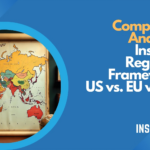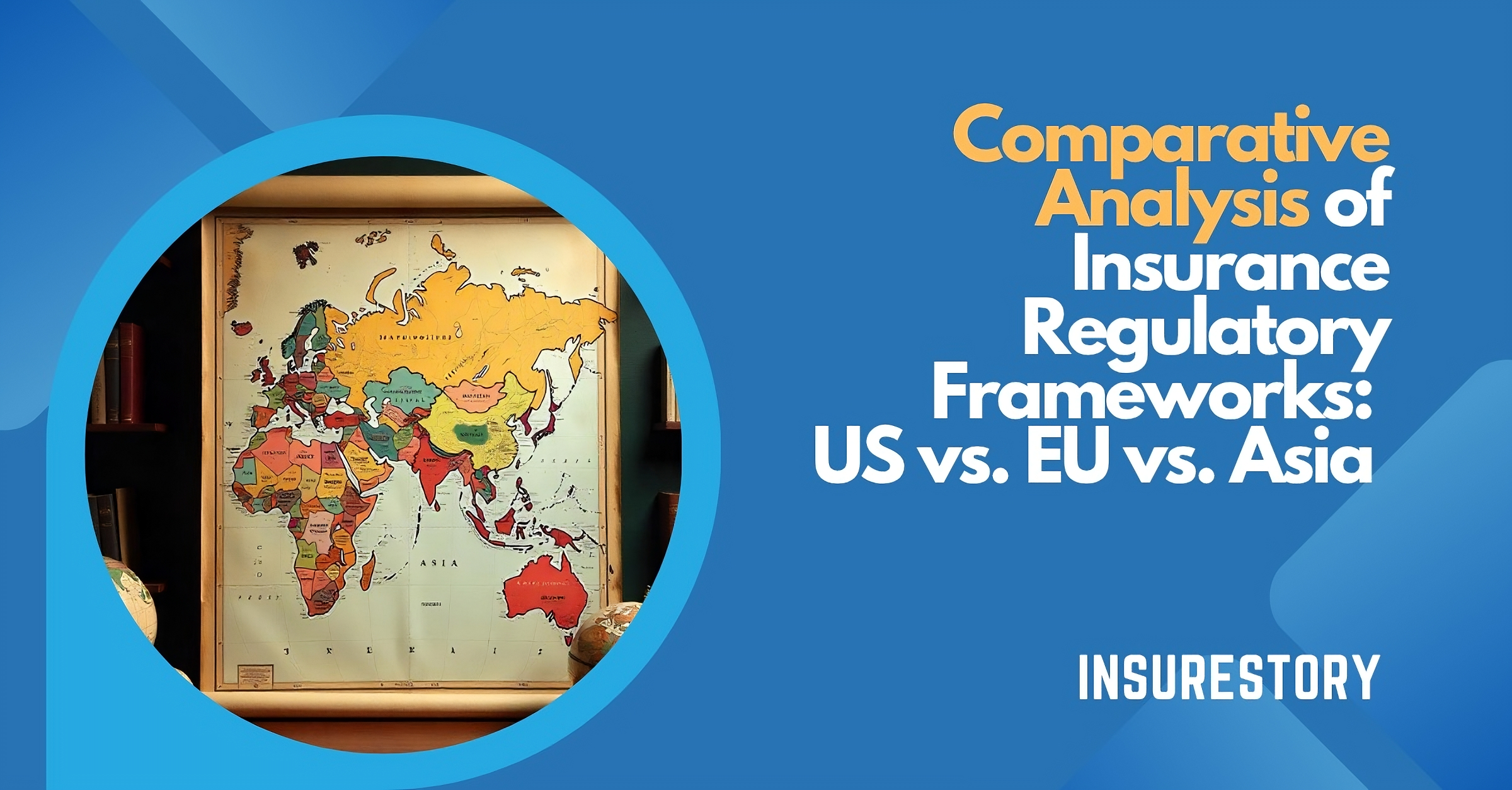In today’s interconnected world, insurance companies operating across multiple markets face an increasingly complex regulatory landscape. Understanding the differences in regulatory frameworks can empower insurers to develop robust, region‐specific compliance strategies while also drawing inspiration from alternative models. In this article, we explore how the US, European Union, and Asian markets approach regulation, supervision, capital adequacy, consumer protection, and innovation in the insurance sector.
1. Regulatory Philosophies
United States:
The US regulatory model is primarily state-based under the guidance of the McCarran–Ferguson Act. This system is characterized by a prescriptive, rules-based approach with each state developing its own risk-based capital (RBC) standards and consumer protection measures. While this framework offers flexibility to address local market conditions, it can also lead to regulatory fragmentation and increased compliance costs for multistate insurers.
European Union:
In contrast, the EU has strived for harmonization through a principles-based framework epitomized by Solvency II. This directive unifies capital requirements, governance, and transparency across member states. Its three-pillar approach not only establishes a robust quantitative capital standard—the Solvency Capital Requirement (SCR) with a 99.5% confidence level—but also emphasizes sound risk management practices and extensive disclosure requirements.
Asia:
Asian markets present a diverse picture. Countries such as Japan, Singapore, and South Korea have progressively adopted risk-based capital frameworks that align with international standards. However, the pace of regulatory reform varies significantly, with some jurisdictions still evolving their consumer protection and innovation policies. Reports from industry experts indicate that many Asian regulators are actively upgrading their frameworks to address local market nuances while drawing on global best practices.
2. Supervision Approaches
United States:
Supervision in the US is decentralized, with state insurance departments and the National Association of Insurance Commissioners (NAIC) playing key roles. This localized oversight ensures responsiveness to regional market conditions but sometimes hampers cross-border consistency, potentially leading to regulatory arbitrage.
European Union:
The EU’s centralized supervision under Solvency II provides a consistent framework that facilitates cross-border operations through the “passporting” mechanism. This uniformity not only simplifies oversight but also enhances transparency and comparability of financial strength across insurers operating in multiple member states.
Asia:
Supervisory practices in Asia range from highly centralized in advanced markets to more fragmented systems in emerging economies. Many regulators in the region are embracing digital tools and data analytics to improve real-time supervision and manage risks more effectively.
3. Capital Requirements
United States:
US insurers adhere to state-specific RBC standards, which are continually evolving. Despite being effective in many respects, these standards are sometimes critiqued for not fully capturing the dynamic risk profiles of modern insurance portfolios. Ongoing modernization efforts are aimed at aligning US practices with global benchmarks.
European Union:
Solvency II mandates that insurers hold capital sufficient to cover potential losses over a one-year period, with clearly defined thresholds—the SCR and a lower Minimum Capital Requirement (MCR) that triggers supervisory intervention. This risk-sensitive framework ensures a high level of solvency and operational resilience across the EU.
Asia:
Capital frameworks in Asia are in a state of active evolution. Recent studies show that many Asian markets are upgrading their RBC systems to be consistent with global standards such as IFRS 17. This trend reflects a strong regulatory focus on balancing the need for solvency with competitive flexibility.
4. Consumer Protection Mechanisms
United States:
State regulators in the US enforce a broad range of consumer protection rules, from rate regulation to the prevention of bad faith claims. Although effective in many regions, the variability among states means that consumer experiences can differ widely.
European Union:
EU regulation places significant emphasis on consumer protection, ensuring that policyholders enjoy a consistent level of safeguarding regardless of the country of purchase. Harmonized directives and cross-border supervision further enhance the level of consumer confidence in the market.
Asia:
Consumer protection measures in Asia vary by jurisdiction. In more mature markets like Japan and Singapore, regulators have implemented robust frameworks that mirror international practices, while emerging markets are in the process of refining their regulatory oversight to better protect policyholders.
5. Innovation Policies
United States:
While the US regulatory environment encourages innovation through initiatives such as regulatory sandboxes, the fragmented state-level system can pose challenges for insurtech firms seeking uniform regulatory treatment across different states.
European Union:
The EU actively promotes digital transformation and innovation. Initiatives aimed at integrating new technologies—such as artificial intelligence and blockchain—into the insurance value chain are supported by a regulatory framework that seeks to balance innovation with robust risk management.
Asia:
Asian regulators are generally seen as agile and forward-looking. With rapid digital adoption across the region, many jurisdictions are embracing innovative approaches to product distribution, customer engagement, and underwriting processes. This proactive stance helps maintain competitiveness in a fast-changing global market.
Conclusion
Insurance regulation is far from monolithic; it is a dynamic and multifaceted discipline that varies markedly between the US, EU, and Asia. By comparing the underlying philosophies, supervisory practices, capital adequacy requirements, consumer protection measures, and innovation policies across these regions, insurers can better understand the strategic implications of operating in a global marketplace. This comparative insight is essential not only for regulatory compliance but also for leveraging best practices to enhance resilience and foster innovation.











